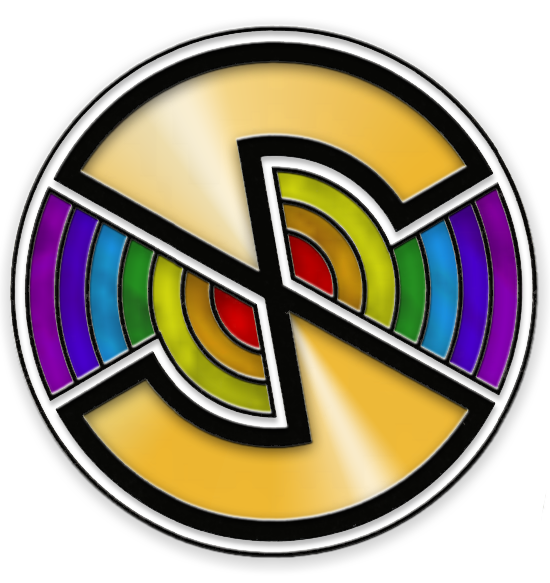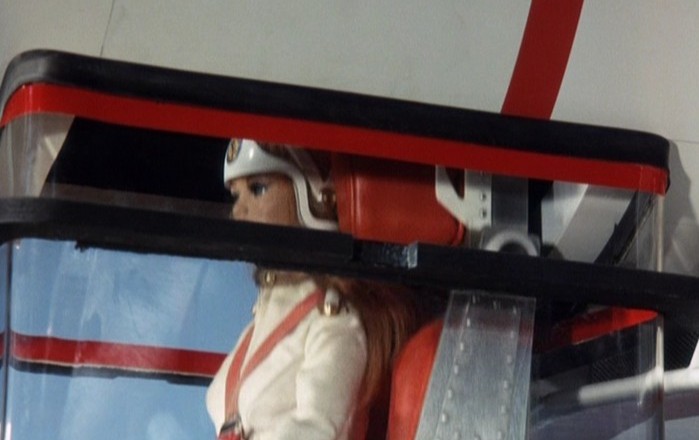
SPECTRUM CRAFT
|
|||
|
|
CLOUDBASE - ANGEL AIRCRAFT - SPECTRUM PASSENGER JET (SPJ) - SPECTRUM HELIJET - MAGNACOPTER
SPECTRUM PURSUIT VEHICLE (SPV) - MAXIMUM SECURITY VEHICLE (MSV) - SPECTRUM SALOON CAR (SSC) - YELLOW FOX
SPECTRUM DETECTOR VAN - SPECTRUM HOVERCRAFT - SPECTRUM CLAM SUB
COLOR-CODED OFFICER UNIFORM - ANGEL PILOT UNIFORM - OTHER UNIFORMS
WEAPONS - COMMUNICATIONS DEVICES - OTHER EQUIPMENT - NEW CAPTAIN SCARLET EQUIPMENT
BACK TO CRAFT, VEHICLES AND EQUIPMENTS
You can send your comments to:
| Copyright © of all trademarked material ('Captain Scarlet and the Mysterons', and all other series titles, all their characters, vehicles, crafts, etc., Supermarionation, Century 21, CITV, and als) owned by ITV Global Entertainment/Entertainment Group Limited, a division of ITV plc. Information found on this fan site are taken from copyrighted © material (books magazines, DVDs, TV medias, comics etc.) property of their rightful owners, official organisations and/or artists depending of ownership rights (ITC/Polygram/Carlton/Anderson Ltd/GAP plc and others). This site is meant as a fan site, with respect and tribute to the work of the artists involved. No profit is made from the use of those copyrighted materials. |















